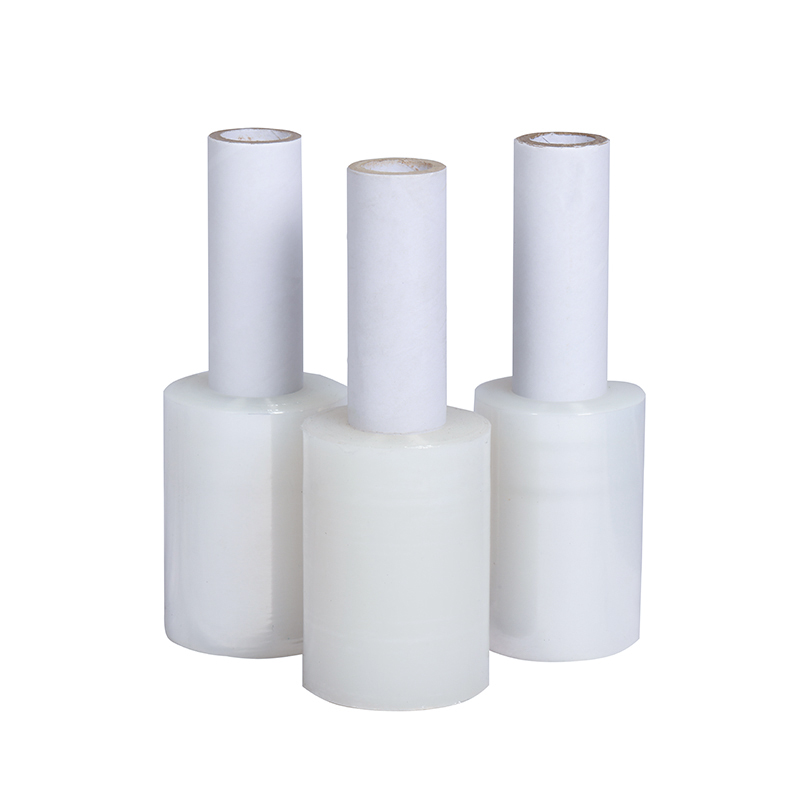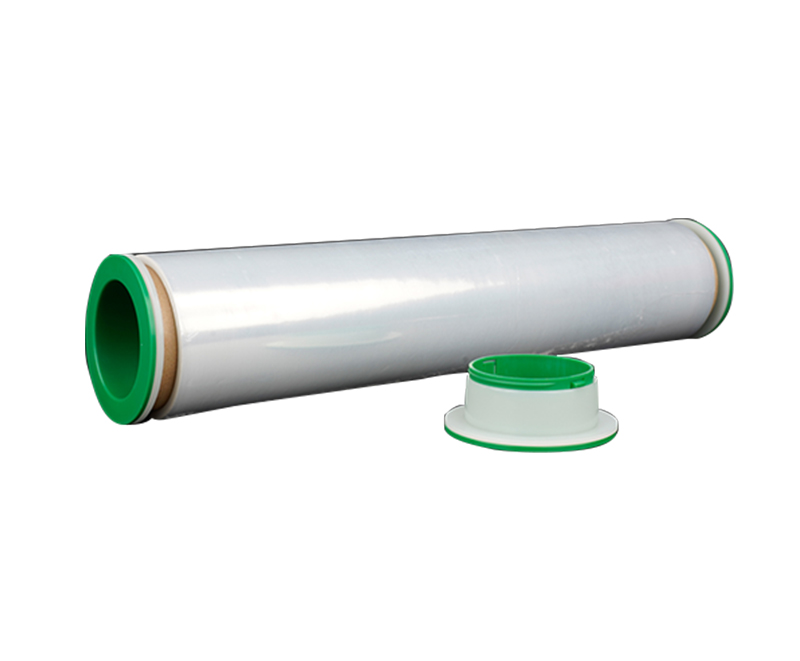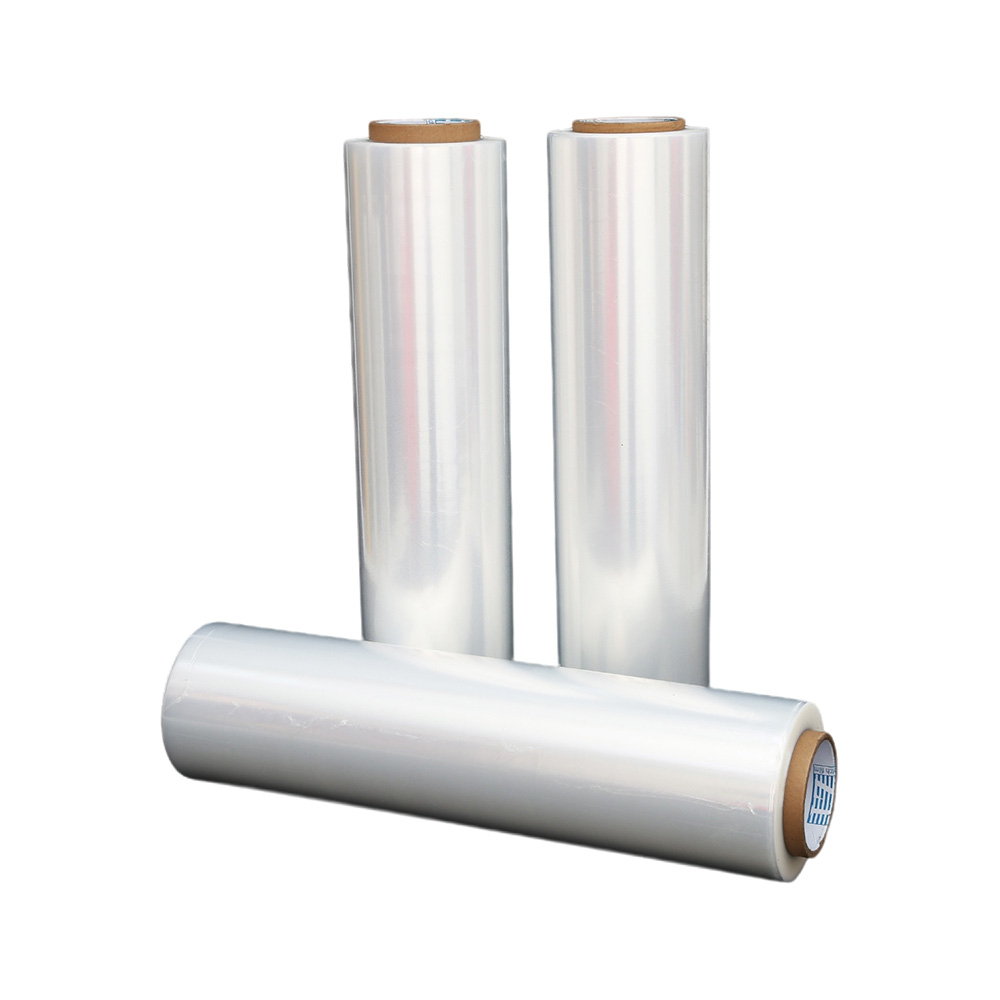Bundling Stretch Film: The Ultimate Guide for Packaging Prof
Source:Bundling Stretch Film: The Ultimate Guide for Packaging ProfTime:2024-06-07Visitors:
Introduction
In the dynamic world of packaging, bundling stretch film has emerged as a game-changer, revolutionizing how products are secured and transported. This versatile material has become an indispensable tool for packaging professionals across various industries. As we delve into the intricacies of bundling stretch film, we'll explore its unique properties, applications, and benefits that set it apart in the packaging landscape.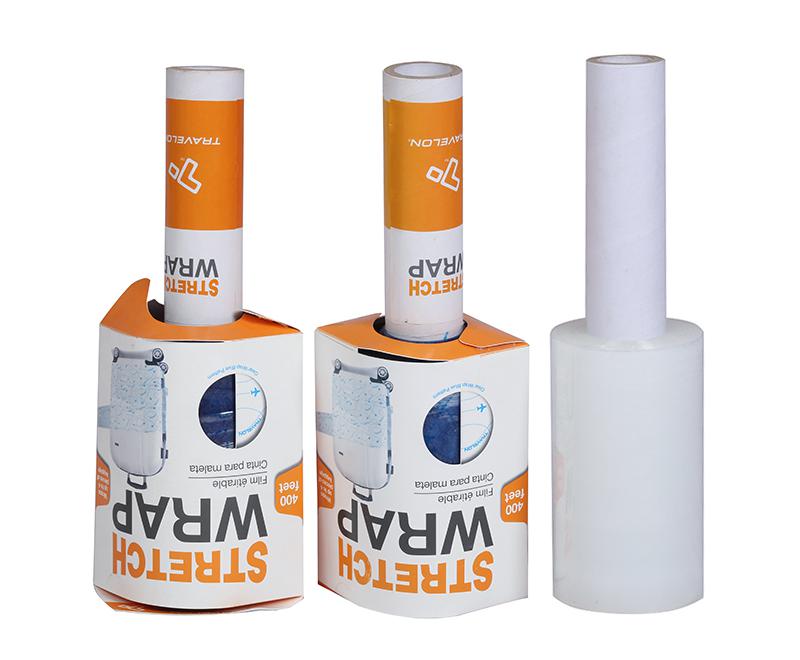
What is Bundling Stretch Film?
Bundling stretch film, also known as bundling wrap, is a specialized type of stretch film designed to secure and unitize smaller items or irregularly shaped products. Unlike regular stretch wrap used for pallet wrapping, bundling stretch film is typically narrower, ranging from 2 to 5 inches in width. This unique characteristic allows for more precise and efficient wrapping of individual items or small bundles.Types of Bundling Stretch Film
Explicit vs. Black Bundling Film
Bundling stretch film comes in two primary color options: clear and black.· Transparent Film: Offers visibility of the wrapped contents, making it ideal for retail applications or when product identification is crucial.
· Black Film: Provides UV protection and is often used for light-sensitive products or when discretion is required during shipping.
Extended Core Rolls vs. Standard Rolls
Another distinction in bundling stretch film types is the core design.· Extended Core Rolls: Feature longer cardboard cores that extend beyond the film roll, providing better grip and control during manual application.
· Standard Rolls: These are more compact and suitable for use with dispensers or in automated wrapping systems.
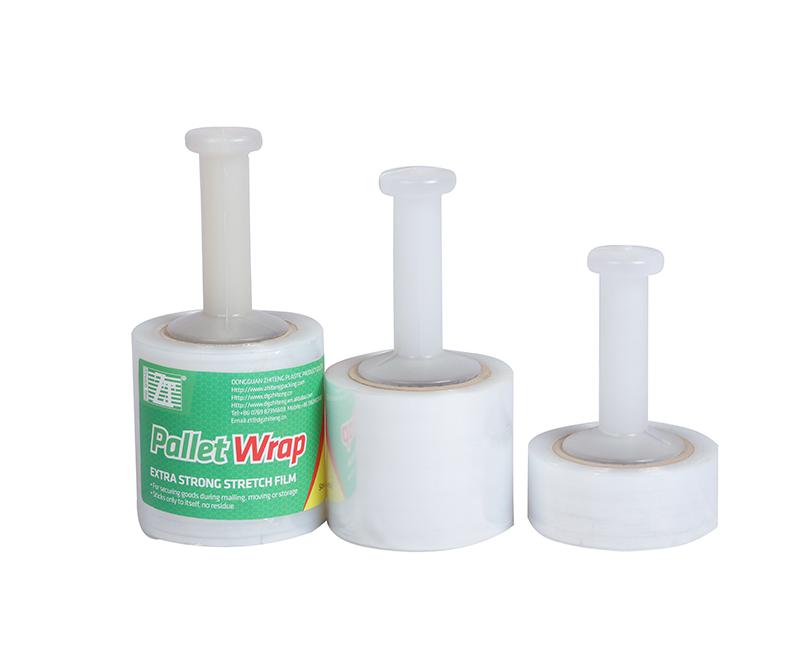
Applications and Uses
The versatility of bundling stretch film makes it a valuable asset across numerous industries:· Food Packaging: Bundling fresh produce, securing multi-packs of canned goods, or wrapping bakery items.
· Paper and Textile Industry: Bundling reams of paper, fabric rolls, or clothing items.
· Construction Sector: Securing building materials like pipes, lumber, or insulation.
· Other Industries: Used in automotive parts packaging, bundling magazines or newspapers, and securing electronic components.
Benefits of Using Bundling Stretch Film
· Cost-effectiveness: Offers an economical solution for securing smaller items compared to traditional packaging methods.· Versatility: Adaptable to various product shapes and sizes, making it suitable for a wide range of applications.
· Improved Product Protection: The film's stretchability allows for tight wrapping, protecting items from dust, moisture, and minor impacts during handling and transportation.
How to Choose the Right Bundling Stretch Film
Selecting the appropriate bundling stretch film involves considering several factors:· Width: Choose a width that matches your product size and wrapping needs, typically ranging from 2 to 5 inches.
· Thickness: Film gauge affects strength and cost. Thicker films offer more durability but at a higher price point.
· Strength: Consider the load-holding force required for your specific application.
· Core Type: Decide between extended core rolls for manual application or standard rolls for use with dispensers.
Matching the film specifications to your specific application ensures optimal performance and cost-efficiency.
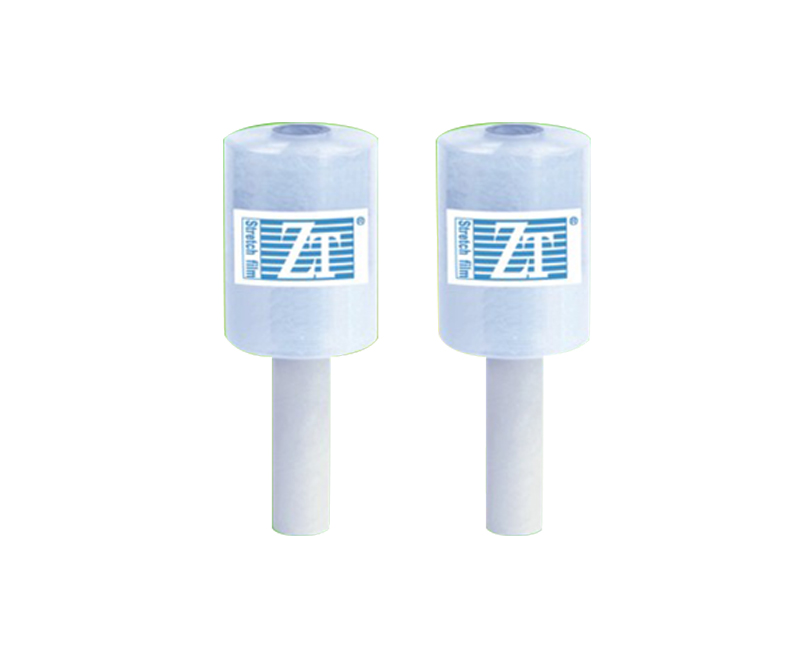
Market Trends and Future Outlook
The bundling stretch film market is experiencing significant growth, driven by increasing demand across various industries. According to recent market research, the global stretch and shrink film market, which includes bundling stretch film, is projected to reach $21.72 billion by 2027, growing at a CAGR of 5.5% from 2020 to 2027.Technological advancements are shaping the future of bundling stretch film. Innovations in polymer science are leading to the development of thinner yet stronger films, reducing material usage while maintaining or improving performance. Additionally, the integration of intelligent technologies, such as RFID tags within the film, is opening new possibilities for inventory tracking and supply chain management.
Tips for Effective Use of Bundling Stretch Film
To maximize the benefits of bundling stretch film, consider these best practices:· Ensure Proper Tension: Apply the film with consistent tension to achieve optimal load containment without damaging products.
· Overlap Layers: For increased strength, overlap each layer by at least 50%.
· Use Appropriate Width: Match the film width to your product size for efficient coverage.
· Consider Automated Solutions: For high-volume operations, automated bundling systems can increase efficiency and consistency.
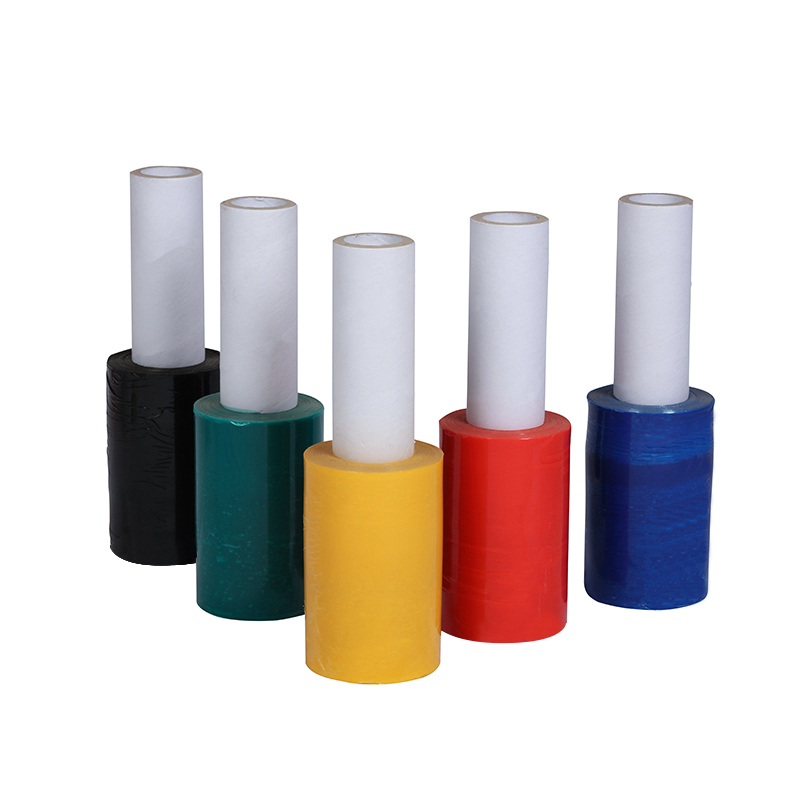
Environmental Considerations
As sustainability becomes increasingly important, the packaging industry is responding with eco-friendly solutions:· Recyclability: Most bundling stretch films are recyclable, but it's crucial to check local recycling guidelines.
· Sustainable Alternatives: Bio-based and biodegradable bundling films are emerging as environmentally friendly options.
· Reduced Material Usage: Advances in film technology allow for thinner films that use less plastic while maintaining strength.
Conclusion
Bundling stretch film has proven to be an invaluable tool in the packaging industry, offering versatility, cost-effectiveness, and superior product protection. As technology advances and environmental concerns grow, we can expect to see continued innovation in this field, with brighter, stronger, and more sustainable bundling solutions on the horizon.Whether you're in food packaging, construction, or any industry requiring secure bundling solutions, understanding the nuances of bundling stretch film can significantly enhance your packaging processes. By choosing the correct film for your specific needs and implementing best practices, you can optimize your operations, reduce costs, and improve product safety during transit and storage.
FAQs
Q: What is the difference between bundling stretch film and regular stretch wrap?A: Bundling stretch film is narrower (typically 2-5 inches wide) and designed for wrapping individual items or small bundles. In contrast, regular stretch wrap is more comprehensive and used primarily for pallet wrapping.
Q: How do I choose the correct width of bundling stretch film for my application?
A: Consider the size of your products and the area you need to cover. Generally, choose a width that allows for efficient wrapping without excessive overlap or exposed areas.
Q: Can bundling stretch film be recycled?
A: Yes, most bundling stretch films are recyclable. However, it's essential to check with your local recycling facilities for specific guidelines, as recycling capabilities may vary by location.
Q: What industries benefit most from using bundling stretch film?
A: While bundling stretch film is versatile, industries that particularly benefit include food packaging, paper and textile, construction, and any sector dealing with smaller or irregularly shaped items that need secure bundling.
Recommended Products
Ranked in the same article
- how to use the stretch film technology to r
- How can we get detailed price list?
- Five common quality problems of PE protecti
- Plastic film degradation
- How to guarantee punctual shipment for our
- Gauge to Micron and Millimetre Conversion G
- What is the difference between stretch film
- Testing the permeability of stretch film
- Stretch film temperature requirements
- Electrical wire film VS electrostatic film
- Why insufficient transparency of stretch w
Latest news articles
- The Ultimate Guide to Choosing the Right Ma
- The 133rd Spring Canton Fair
- What Properties Ensure Effective Cold Chain
- Factors affecting viscosity of PE stretch f
- Bundling Stretch Film: Optimize Your Packag
- How can PE stretch film be cut better?
- Stretch Film Wrap: Unraveling Its Benefits
- Advantages of white engineering film
- How to check the quality of PE stretch film
- What is the Difference Between Magic Tape a
- The significance of using PE electric wire

